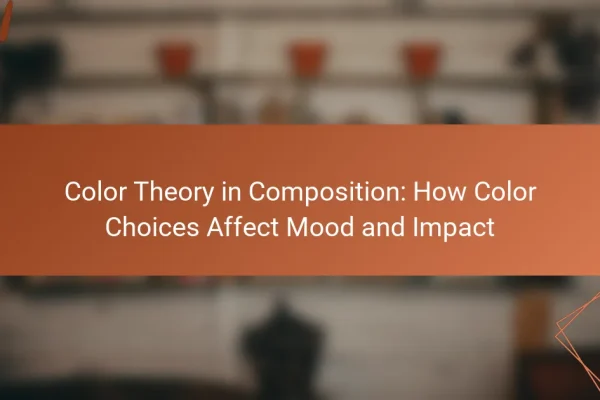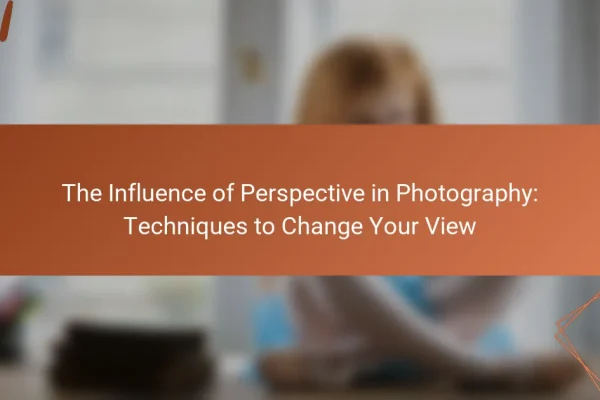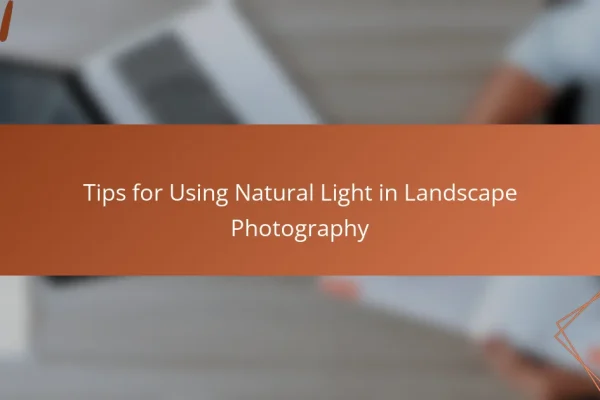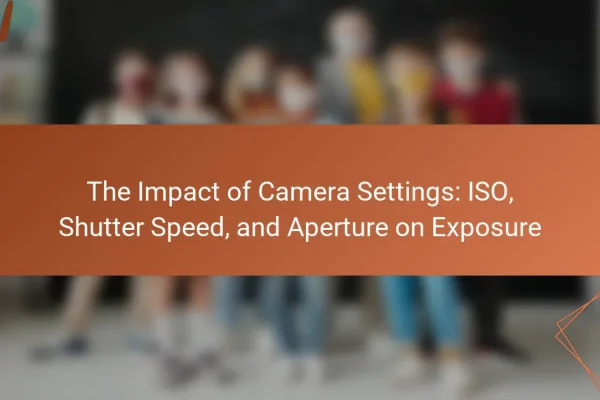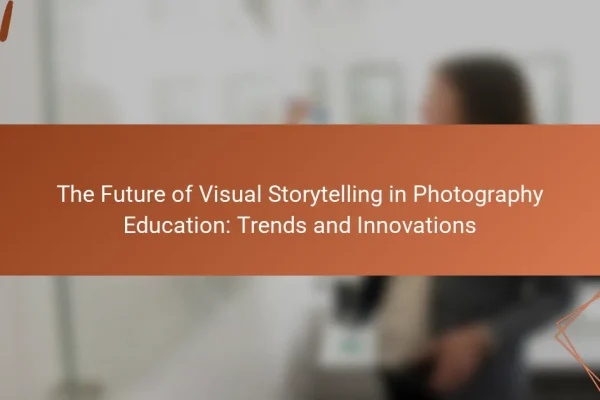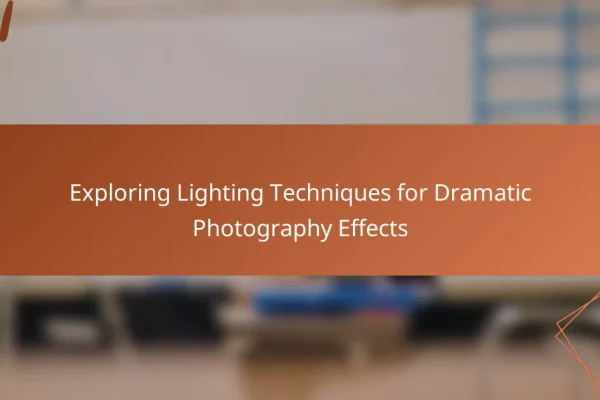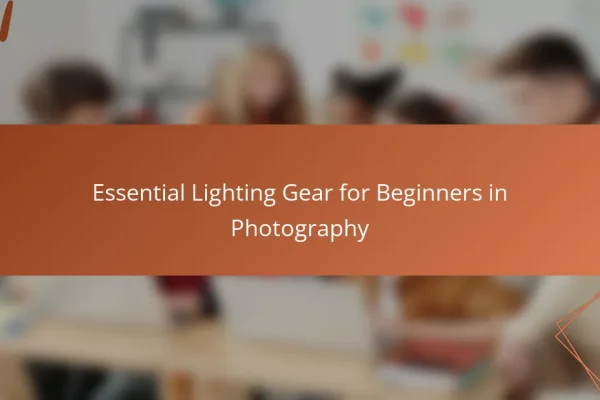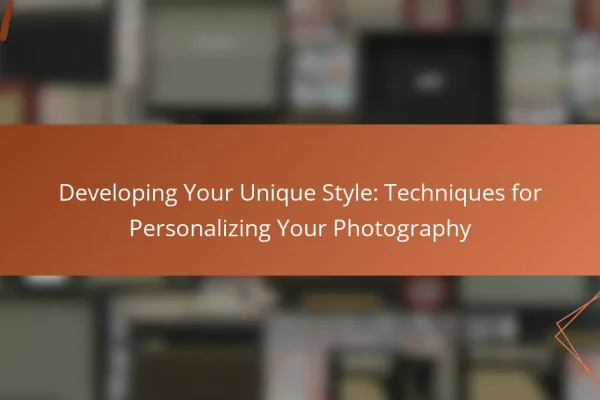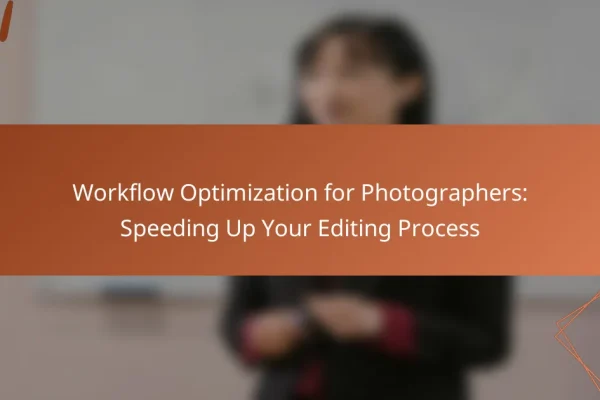
Workflow Optimization for Photographers: Speeding Up Your Editing Process
Workflow optimization for photographers is a systematic approach aimed at enhancing efficiency throughout the photography process, including capturing, editing, and delivering images. Key strategies involve organizing files with a consistent structure, utilizing software tools like Lightroom and Photoshop for streamlined editing, and implementing techniques such as batch processing and preset usage to expedite repetitive tasks….
